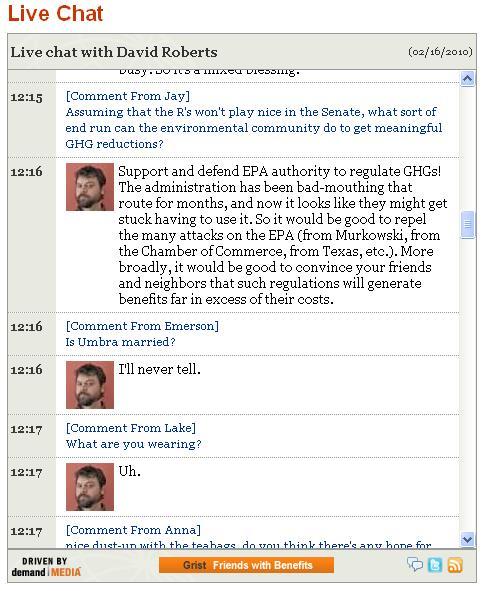Most of us only think about water heaters when forced to take a cold shower – shudder – but those boring tanks in the basement actually account for up to 25% of the energy used in your home. No surprise then that the current rulemaking on new federal minimum standards for water heaters would turn out to be one of the big ones.
Take Action
Tell DOE to set the water heater standard that will save consumers $22 billion dollars over 30 years. Who doesn’t like a hot shower that’s cheaper and uses less energy?
Once you follow the link above you can send the suggested letter direct to DOE, or create your own.
Background
The Department of Energy is about to make a final decision on the minimum standard for water heaters, meaning the benefits of a more efficient product are so overwhelming for consumers that all water heaters must be at least as efficient as the standard selected for that particular size and type. DOE takes into account the benefits and costs of the more efficient technologies and sets the standard at the maximum level that is “technically feasible and economically justified”, so consumers are big winners.
This program is responsible for our modern refrigerators that use a fraction of the energy they did 20 years ago, while keeping our food just as cold and with more storage capacity to boot. Similar story on air conditioners, furnaces, and other household appliances. Now it’s time for water heaters to go around again.
I explained a bit more about the technical issues in this blog entry last year.
The Draft Letter
The Department of Energy’s proposed water heater standard is a step in the right direction for saving energy. As you prepare the final standard due in March, I urge you to take the additional step of strengthening the requirements for the largest water heaters. Stronger standards for the biggest units would boost total national energy savings, economic benefits for consumers, and global warming emissions reductions by more than 40 percent compared to the proposed rule. Just as importantly, the DOE would be helping advanced technologies become mainstream products and speeding the transition to next-generation water heaters.
By switching to a higher efficiency level for water heaters with more than 55 gallons of storage capacity, the DOE would essentially require new technologies to be used. Condensing gas and heat pump water heaters would meet these higher levels, delivering roughly 30 percent and 50 percent energy savings, respectively, compared to conventional gas and electric products. These advanced technologies are commercially available today. Units larger than 55 gallons make up a small portion of the overall market, but add considerably to national savings because they typically are used to deliver more heated water than the more common, smaller sizes.
By strengthening the standard for the large-volume products, the following additional savings could be achieved over 30 years:
- 1.1 quads of energy or enough to power more than five million typical U.S. homes for a year;
- $6.4 billion dollars in net savings to consumers and businesses; and
- 63 million metric tons of carbon dioxide, an amount equivalent to the annual emissions of 25 coal-fired power plants.
With water heating representing the third largest energy use in the home, it is essential that the DOE seek substantial changes in water heater efficiency to meet national energy savings and global warming emission reduction goals as well as to provide savings for consumers and businesses. I strongly urge you to adopt stronger standards for the larger volume water heaters and capture these significant savings.
Don’t wait, hit send and make your voice heard.


